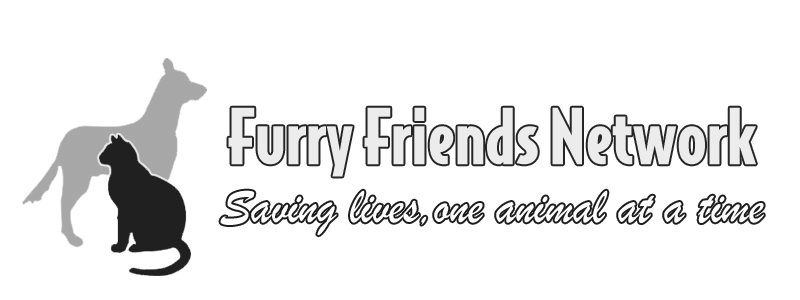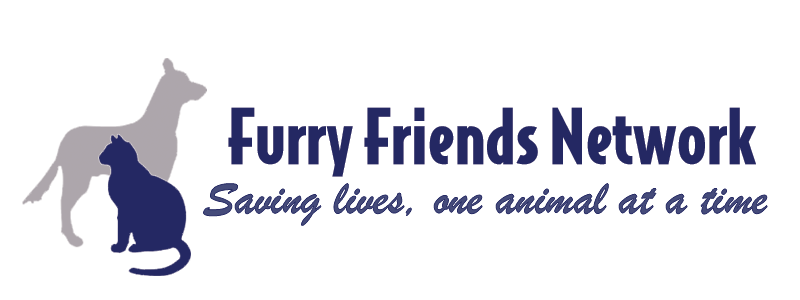By Sherry Woodard, Best Friends animal behavior consultant
Before you bring your new dog home, there are a number of ways that you can prepare for the new addition to your family. First, get the dog an ID tag with your information on it (name, phone number, address).
Bringing a new dog home
Before leaving the adoption site, check that your new dog’s collar is not too loose. Many dogs in new situations pull out of their collars and run. If your dog pulls out of her collar, she will be loose in a strange area with no contact information. To be extra safe, you might want to purchase a martingale collar (a no-slip collar available at pet supply stores) or a harness to use, in addition to the regular collar, until she has demonstrated that she can handle all the new and startling experiences of a new environment, such as other dogs, city noise, and traffic.
Keep your new dog on lead except in a fenced-in yard or an approved, fenced off-lead area. Always use a leash or lead near traffic, since your dog can be distracted or fearful for just a second and run into the street.
What does my new dog need?
To be happy and healthy, your dog will need the following:
- Constant access to a bowl of fresh, clean drinking water
- A nutritionally balanced diet
- A safe place to eliminate outside (if she’s not being litter-trained)
- Some daily exercise
If she hasn’t had any yet, your new dog will also need some training. Investigate the dog trainers in your area and pick out one who uses humane methods. Humane trainers do not use chain or prong collars, nor do they advocate yanking on or lifting the dog by the collar. For more info, read “How to Find a Good Trainer.” Your dog needs you to be the leader (albeit a gentle one), so you will also benefit from the training classes. If you don’t function as the leader, your dog will start making decisions on her own, some of which may be inappropriate or dangerous.
Your dog also needs daily, loving interaction with you and a social life. Socialize your dog by bringing him on car rides, letting him be around children and other dogs, taking him to the groomer, shopping with him at pet food stores (some of them let you bring your dog in), and walking him in public places.
Strive for structure and consistency in your dog’s daily routine to give him a healthy feeling of stability as a member of the family. The relationship between your family and your new family member can be great if you are patient and positive.
You should also select a veterinarian with whom you are comfortable, since you’ll need to bring your dog in for regular checkups. Finally, find out what the local dog laws are (such as leash laws) and what the licensing requirements are for dogs in your area.
Do I need to dog-proof my house?
Before your new dog arrives, you should dog-proof your home in much the same way that you would child-proof your home for a toddler. Look at your home from a dog’s eye level. What can he reach? If you don’t want him drinking out of the toilet, tell everyone in the household to make sure they put the cover down. If anyone in the house smokes, put ashtrays out of reach, since cigarette butts, if eaten, can lead to nicotine poisoning.
Will his wagging tail inadvertently wreak havoc on your prize possessions? Dog tails have been known to sweep the contents off the top of a coffee table. If you like to keep lit candles around, make sure they are above the dog’s reach. Is there anything he can trip on or become tangled in (such as electrical cords)?
How can I prevent my new dog from chewing up my stuff?
If your new dog has her own toys, she may not be as interested in chewing up human things (though leather shoes are hard to resist). Buy durable rubber or nylon toys that satisfy the dog’s urge to chew. Toys that you can stuff treats into (like Kongs and Buster Cubes) should keep her occupied for a good long while. If she starts chewing one of your personal items, immediately get her interested in a dog toy instead.
What should I know about making my yard safe?
Do a walkabout of your yard. Is your yard completely fenced in? Are there any spaces or gaps that your new dog or puppy can squeeze through? Is there anything that he can climb on that would allow him to escape over the fence (e.g., a wood pile, a fountain, latticework)? Some dogs know how to flip open gate latches, so latches should be clipped or locked if your dog can reach them.
What sort of plants do you have in your yard? Snail bait and some plants (such as oleander, azaleas and rhododendrons) are poisonous to dogs. Antifreeze is another hazard for dogs – it is toxic and can be fatal. Dogs are attracted to its sweet taste, so don’t allow your dog to drink from standing water near where cars have been parked.
Do you have an uncovered pond or pool in your yard? Dogs have been known to drown in backyard pools when they jumped or fell in and couldn’t get out. You should also make sure your trashcans have tight lids to avoid “dumpster diving” by your dog. Besides the smelly mess that an overturned trash can creates, some of the items in your trash (like chicken bones) may be dangerous for your dog to ingest.
Ideally, you should check your yard for safety before your new dog comes home. If you haven’t done this prior to the dog’s arrival, supervise the time that your pet spends outside. Even a child’s toy can be trouble if it is chewed up and swallowed.
This article was originally published by Bestfriends.org

